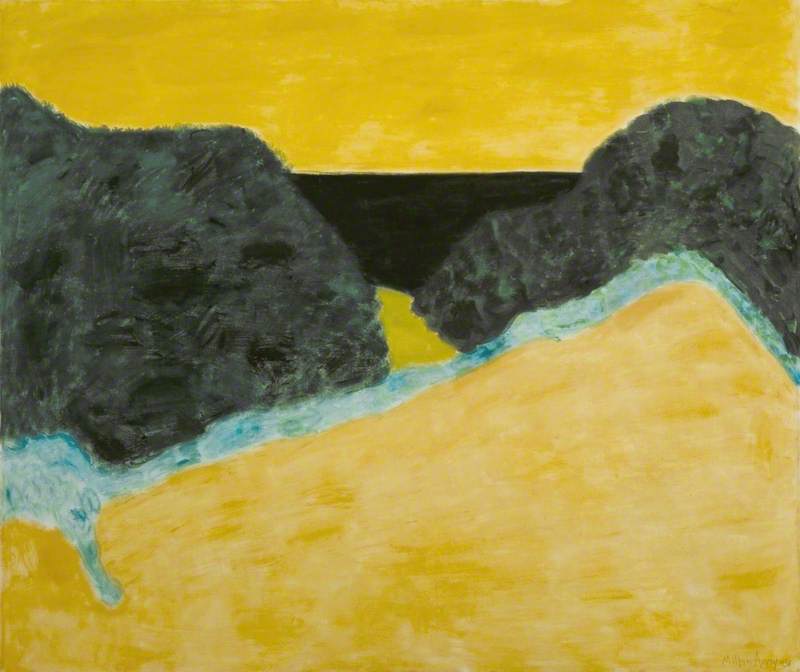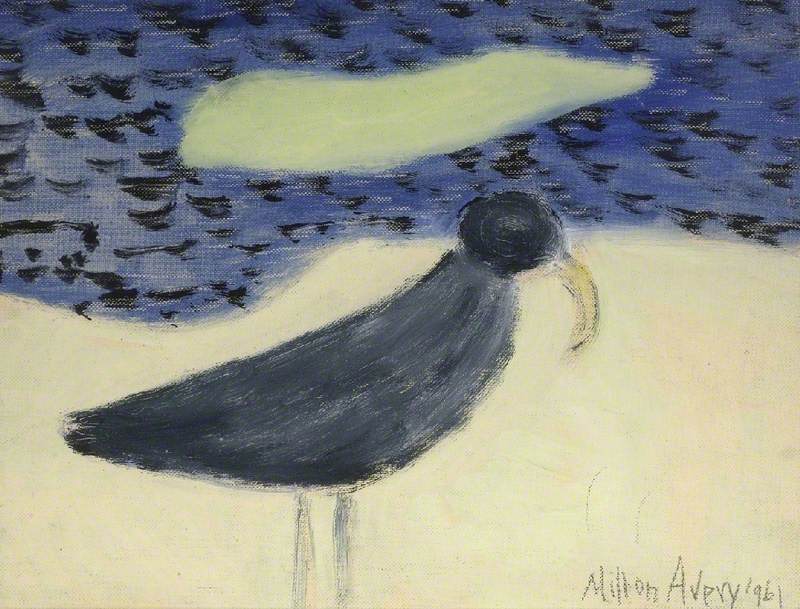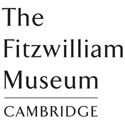
(b Altmar, NY, 7 Mar. 1885; d New York, 3 Jan. 1965). American painter, active mainly in New York. Avery was an independent figure, described by Robert Hughes as ‘a mild, unassuming man who disliked publicity and at best made a bare living from his work’. At a time when most of his leading contemporaries were working in fairly sober, naturalistic styles (see American Scene Painting), he followed the example of Matisse in using flat areas of colour within flowing outlines. He was the main and practically only channel through which this subtle colouristic tradition was sustained in America until a new interest was taken in it during the 1940s by younger artists such as Rothko (his close friend) and Gottlieb. Rothko in particular acknowledged the debt that he and other abstract painters owed to the ‘sheer loveliness’ of Avery's work, in which he had ‘invented sonorities never seen nor heard before’.
Text source: The Oxford Dictionary of Art and Artists (Oxford University Press)

